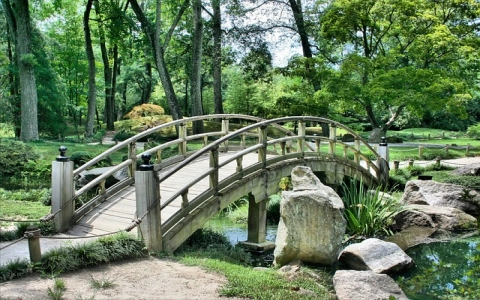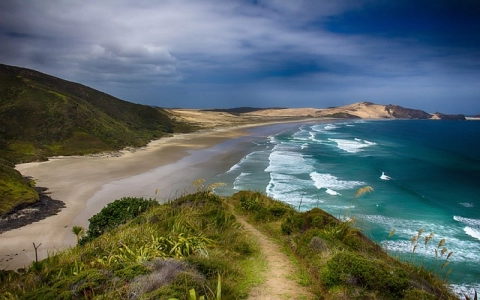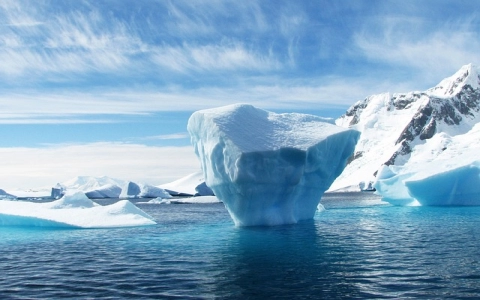A Trip to the Fascinating Mount Everest
Introduction:
Mount Everest, also known as Sagarmatha in Nepal and Chomolungma in Tibet, is the highest peak in the world. Located in the Mahalangur Himal sub-range of the Himalayas, Mount Everest offers breathtaking views and a thrilling climbing experience. This article will explore the various aspects of this iconic attraction.
I. The Majesty of Mount Everest:
1.1 History and Origin:
- The naming of Mount Everest after Sir George Everest, a British surveyor.
- The geological formation of the Himalayas and Mount Everest.
- The cultural and religious significance of Mount Everest for the local communities.
1.2 Height and Location:
- The elevation of Mount Everest, measuring 8,848.86 meters (29,031.7 ft).
- Latitude and longitude coordinates of the peak's location.
- The neighboring countries surrounding Mount Everest, including Nepal and China.
II. Exploring the Trekking Routes:
2.1 Everest Base Camp Trek:
- The most popular trekking route, starting from Lukla and heading towards the Everest Base Camp.
- The duration and difficulty level of the trek, requiring moderate physical fitness.
- Highlights along the trek, including breathtaking landscapes and encounters with Sherpa communities.
2.2 Alternate Routes:
- Gokyo Lakes Trek: A less crowded route, offering stunning views of Gokyo Lakes and Cho Oyu, the sixth highest mountain.
- Three Passes Trek: A challenging route that involves crossing three high passes and exploring remote valleys.
- Renjo La Pass Trek: A shorter yet scenic trek that takes trekkers through the Renjo La Pass, offering panoramic views.

III. Climbing Mount Everest:
3.1 History of Mount Everest Climbing:
- Exploration and initial attempts by various expeditions in the early 20th century.
- The first successful summit by Edmund Hillary and Tenzing Norgay in 1953.
- Evolution of climbing techniques and equipment over the years.
3.2 Challenges and Risks:
- Altitude sickness and acclimatization challenges faced by climbers.
- Extreme weather conditions, including high winds, blizzards, and low temperatures.
- The dangerous Khumbu Icefall and other technical sections of the climb.
IV. Sustainable Tourism and Conservation Efforts:
4.1 Impact of Tourism:
- Environmental degradation and waste management issues in the Everest region.
- The importance of responsible tourism practices to protect the fragile ecosystem.
4.2 Conservation Initiatives:
- The establishment of Sagarmatha National Park to preserve the biodiversity.
- Collaboration between local communities, government, and international organizations for conservation efforts.
- Promotion of eco-friendly trekking practices and waste management systems.
Conclusion:
Mount Everest stands as a testament to nature's grandeur and human determination. Whether you are a trekker seeking to explore the majestic landscapes or an ambitious mountaineer aiming for the summit, Mount Everest offers an unforgettable adventure. However, it is crucial to approach this natural wonder with respect and responsible tourism practices to ensure its preservation for future generations.




